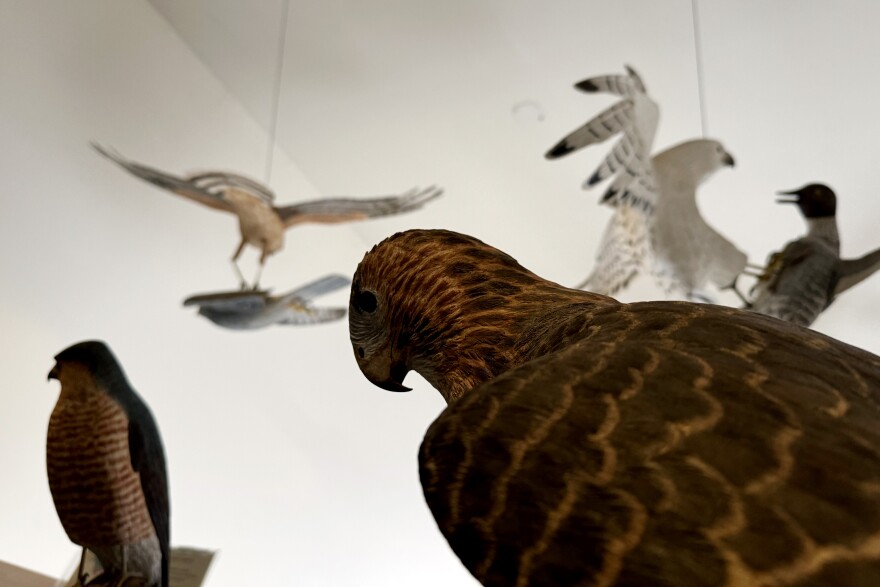This story was produced for the ear. We highly recommend listening to the audio.
The in Huntington recently welcomed visitors for the . The event is a world-wide community science project where people record the birds they see in the wild over several days in February.
Erin Talmage is the museum’s executive director. She said the Great Backyard Bird Count is just one of many community science projects the museum promotes.
“Our focus is education,�� she said. “We’re really here to help people learn about community science, learn about the birds in their backyard, and learn about how they can share the data with other people.��

To participate in the Great Backyard Bird Count, birders had to dedicate at least 15 minutes to counting the species they saw around them. Then they logged their findings in an app called .
By the end of the event, Talmage said, “we end up with a little snapshot of the birds around the world.��
Talmage invited visitors to sit with her at the museum’s designated birdwatching window.
“Sitting here, it’s hard to stop at 15 minutes,�� she said.
While the museum is considered a birding “hotspot�� on eBird, Talmage said people can birdwatch anywhere.
“You can go down to Lake Champlain and see what kind of ducks you find,�� she said. “And you don’t have to be in one place. We could go for a walk for 15 minutes and just record what we see.��

The official Great Backyard Bird Count event only lasts four days, but birders can record the birds they see in eBird any time. “All the data is good data,�� Talmage said.
According to eBird, has the most birders per capita of any state in the U.S. so far this year. And while the data is important, Talmage said the act of birding offers something bigger.
“People around the world have been working together to learn more about birds, hopefully to make better conservation decisions,�� she said. “There’s so few things where we are working together with lots of people from different places, and eBird is one of them. It’s a really powerful tool, and it’s something we can all do.��
This story comes from a collaboration between �������� and the , a University of Vermont journalism internship. Production support by Kelsey Tolchin-Kupferer.




